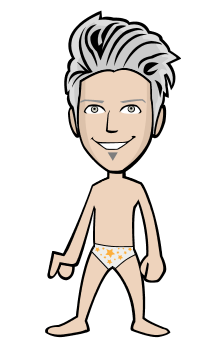// b?1:0};var da=Array.prototype.indexOf?function(a,b,c){return Array.prototype.indexOf.call(a,b,c)}:function(a,b,c){c=null==c?0:0>c?Math.max(0,a.length+c):c;if("string"==typeof a)return"string"==typeof b&&1==b.length?a.indexOf(b,c):-1;for(;cparseFloat(a))?String(b):a}(),D={},E=function(a){var b;if(!(b=D[a])){b=0;for(var c=p(String(C)).split("."),d=p(String(a)).split("."),e=Math.max(c.length,d.length),f=0;0==b&&f=this.h.bottom&&this.h.left>=this.h.right)},ta=function(){var a=new sa;return a.N&&(!a.$||a.O>=a.Z)};var V=function(a,b,c,d){this.F=a;this.P=b;this.S=c;this.m=0;this.l=document.getElementById("mtadmas");this.L=document.getElementById("mtadmaundo");this.B=document.getElementById("mtadmac");this.C=document.getElementById("mtadmback");this.I=document.getElementById("mtadmpc");this.M=document.getElementById("mtadmpundo");this.w=document.getElementById("mtadmpunclose");this.i=this.K=this.u=this.G=this.D=null;this.j=!1;this.s=null;this.V=d?d.getAdsLength():1;(this.g=d)&&this.g.registerWidget(this,0);this.H=0},ua=function(a){for(var b=document.getElementsByName("surveyOptions"),c=0;ce||e>h||a.i)){var m=ma();c=l(function(){var a="";h<=d&&0=h&&Y(this);h--},a);c();0<=h&&(a.i=window.setInterval(c,1E3))}},va=function(a,b,c){if(c&&window.top&&window.top.postMessage){var d=pa(c),e=oa(d),f="resize-me"==d.msg_type&&"animate"==e.r_str;if("ablate-me"==d.msg_type&&e["collapse-after-close"]||f&&!ta())a.w&&(a.H=window.innerHeight,f=document.getElementById("cbtf"),f=na(n||(n=new M),f)[1],f=ya(a.R,f),c=za(d,f)),xa(a,b,Q(e["secs-to-countdown"],1),Q(e.countdown,0),Q(e["message-tick"],1),function(){window.top.postMessage(c,"*")})}},za=function(a,b){if(!isNaN(b)&&isFinite(b)){var c=!1;if(a.key_value){for(var d=a.key_value,e=0;e
//
//





